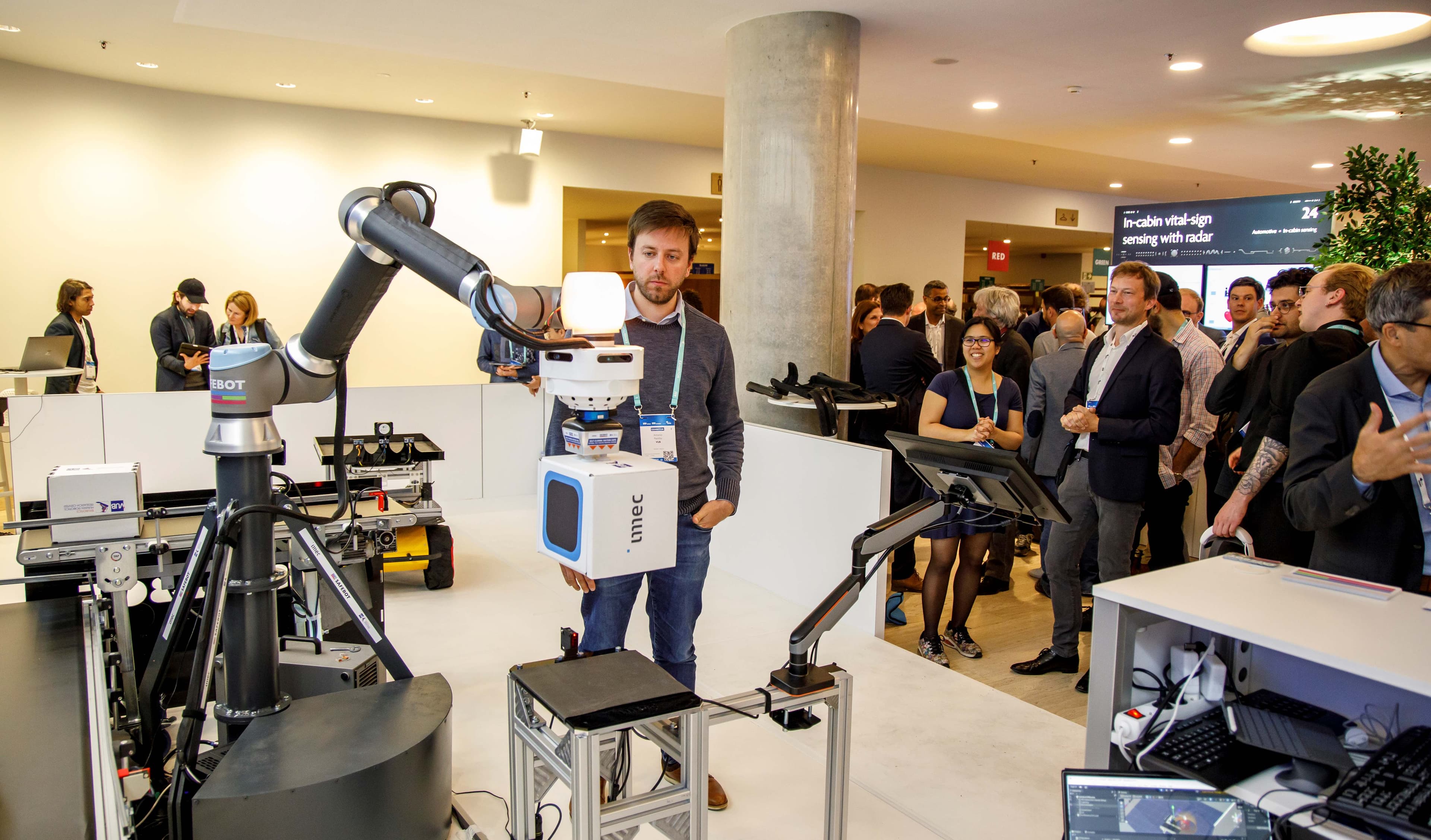Who is the villain of the piece?
The relationship between air quality and our health is a complex subject. Medical literature tells us that not only can fine particulates in the air make asthma worse, but they probably also cause it in the first place. We inhale these tiny particles, which damage our airways and then cause minor infections, making us over-sensitive to the air we breathe. But the same paper also says that there is not always strong evidence about exactly which pollutants may damage our airways.
Having said that, there is no doubt that polluted air has a negative effect on our health. In fact, according to estimates from the European Environment Agency (EEA), more than 400 000 premature deaths are caused each year in Europe by inhaling fine particulates.
This is a good reason why a great deal of attention is being focused now on motorized traffic as one of the causes of air pollution. For instance, there is the Flemish CurieuzeNeuzen project (CuriousNoses) in which people can help map air quality across the whole of Flanders at 20 000 measuring points. There are other similar programs in place, too. The Antwerp City of Things project, for example, includes equipping bpost vehicles with sensors that measure the quality of the ambient air. And, in Ghent, the data from five permanent measuring stations is published frequently in the press whenever the city’s traffic plan is in the news. On a global scale, there is the World Air Quality Index (aqicn.org), which is probably the most extensive bottom-up network of all, with over ten thousand measuring points in around a thousand major cities. And it will come as no surprise to learn that there are many apps on smartphones that can provide you with real-time information about the air quality of where you happen to be (or want to give the impression of supplying that information).
Measuring air quality is one thing; dealing with it is something else entirely
All of this means that measuring air quality is becoming easier. But what do we do with all that knowledge? In fact, the situation is very complex. Because while the air may be okay for one person to breathe, it may be unbearable for someone else – such as asthma sufferers or people with lung disease. Or looking at things the other way round: should we be alarming the whole population at the slightest sign of a particular air quality level being exceeded? Maybe we should be making a clearer distinction in terms of time and space.
Returning to the newspaper headline I mentioned at the beginning of this article, what should cyclists do when faced with this negative message? Install an app on their smartphone, look to see where the air quality is poor and, if so, ride down other streets? Maybe they could buy a prototype of Dutch designer Daan Roosegaarde’s “smogbike”, which purifies polluted air? Or else – as the article itself suggests – could we link the data about air quality to other information and create car-free zones in areas where there are lots of cyclists and a high level of air pollution? I think that correlating data should be an essential next step in developing genuinely relevant recommendations and applications. Then there’s personal health information using apps that can give advice tailored for each individual.

Returning to the newspaper headline I mentioned at the beginning of this article, what should cyclists do when faced with this negative message? Install an app on their smartphone, look to see where the air quality is poor and, if so, ride down other streets? Maybe they could buy a prototype of Dutch designer Daan Roosegaarde’s “smogbike”, which purifies polluted air?
Open the window before it’s too late
We also mustn’t forget air quality inside the home. According to the World Health Organization (WHO), almost one in three buildings have poor air quality. And studies demonstrate the consequences: apparently in buildings that have extremely optimized air quality, people are able to carry out cognitive tasks up to 43% better and respond up to 73% better in crisis situations.
How many of us have left the office in the evening with a headache because we have been sitting in a cramped and stuffy space for too long? And how often are we the cause of that stuffiness ourselves? I regularly catch myself sitting in meetings in rooms that are actually designed to accommodate only half the number of people in there. The building’s air-freshening system then only circulates stale air and if we open a window – because we’re feeling the first symptoms of an impending headache – it’s actually already too late. For this reason, there has been extensive research conducted in ‘living labs’, including at imec, in realistic test environments to find out which solutions are likely to work in real-life so that people can actually use them.
It all boils down to the fact that cyclists won’t take a detour and cars will continue to take shortcuts and ‘rat runs’. Despite all of the technology and apps that make our lives simpler, we still haven’t succeeded in leaving our hectic lifestyle behind us. I look forward to a time when we can relate air quality in a smart way to lots of other data so that we can then make proper, personal predictions that actually work. And when that day comes, I will happily take my children to school by bike, while the asthma sufferer who lives next door to me takes the car.
Chris Van Hoof leads imec’s Connected Health Solutions R&D across 3 imec sites (Eindhoven, Leuven and Gent). Imec’s Connected Health Solutions teams provide solutions for chronic-disease patient monitoring and for preventive health through virtual coaching. Chris has taken wearable health from embryonic research to a business line serving international customers. Chris likes to make things that really work and apart from delivering industry-relevant qualified solutions to customers, his work has already resulted in 5 imec startups (4 in the healthcare domain). After receiving a PhD from the KU Leuven in 1992 in collaboration with imec, Chris has held positions as manager and director in diverse fields (sensors, imagers, 3D integration, MEMS, energy harvesting, body area networks, biomedical electronics, wearable health). He has published over 600 papers in journals and conference proceedings and has given over 100 invited talks. He is full professor at KU Leuven.
Published on:
1 October 2018













